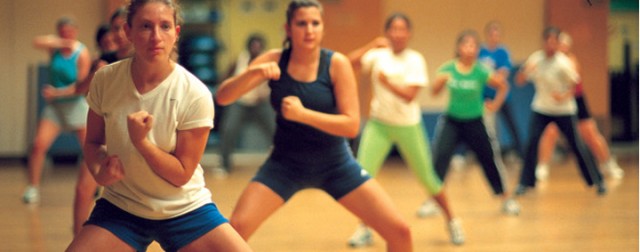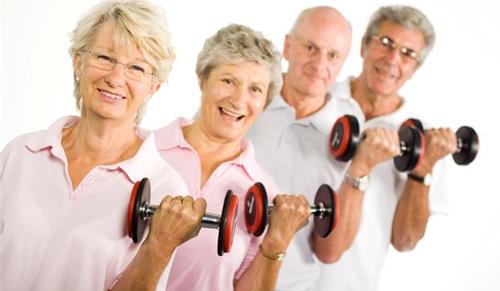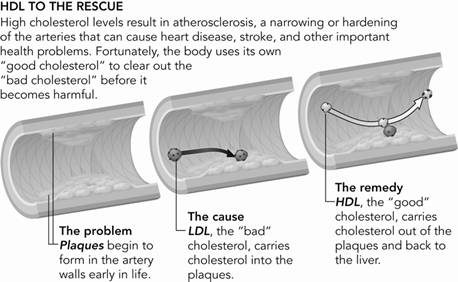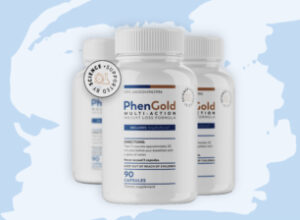Benefit from Higher-intensity Exercise
Everyone knows that exercise can help people lose weight and maintain weight loss. But higher-intensity exercise benefits not only our mental but physical health and improves our overall sense of well being.
The Physical Activity Guidelines for Americans are general recommendations aimed at the general population. The only problem is that they try to cover as many people as possible and that way they aren’t right for everyone.
How much exercise you need in your age depends on your genes, your diet, your overall health condition, how much muscle and fat you carry on your frame, how fit you are, and your capacity for exercise.
Weight loss:
Regular exercise burns up fat, and controls weight and there by make you feel light and energetic. It also makes you active and alert, ready to perform any given task. Traditional Indian exercises like Suryanamaskar and various yogic exercises have excellent result in keeping weight under control.
Body strength:
Exercise also provides strength and stability to body and prepares body to bear more work-load without much strain.
Appetite:
Regular exercise also helps to increase your digestive fire resulting in increased appetite and proper metabolism. It results in increased blood circulation and increased overall strength and nourishment of body.
Heart, lungs and arteries:
Regular, moderate exercise will make your heart and lungs stronger and more resilient. Although exercise may not decrease amount of fat deposits laid down in arteries, it may increase HDL (good cholesterol), widen the arteries, and make complete blockage, such as that from a clot less likely.
Muscles:
Muscles working at a steady, sustained pace get their energy by combining oxygen with glucose and fats to produce and release energy (along with carbon dioxide). This process is called aerobic metabolism. Regular exercise will therefore benefit your bones and muscles.
Because the muscles that move legs are among largest muscles in body, activities that exercise your legs, such as brisk walking, bicycling, and aerobic dancing are excellent ways to place healthy demands on our heart and lungs and help improve fitness.
Joints:
Joints that are exercised regularly stay flexile and healthy. Regular exercise will benefit muscles that work the joints and ligaments that support joints. Brisk walking and swimming are good exercise to keep your joints moving smoothly.
If exercise and regular physical activity benefit the body, a sedentary lifestyle does the opposite, increasing the chances of becoming overweight and developing a number of chronic diseases.
Regular exercise or physical activity helps many of the body’s systems function better, keeps heart disease, diabetes, and a host of other diseases at bay, and is a key ingredient for losing weight.
Despite all the good things going for it, only about 30 percent of adult Americans report they get regular physical activity during their leisure time—and about 40 percent of Americans say they get no leisure-time physical activity at all.
The 2008 Physical Activity Guidelines for Americans recommends that healthy adults get a minimum of 2-1/2 hours per week of moderate-intensity aerobic activity, or get a minimum of 1-1/4 hours per week of vigorous-intensity aerobic activity, or a combination of the two. (1) To lower your risk of injury, it’s best to spread out your activity over a few days in of the week.
Exercise Intensity:
- Moderate-intensity aerobic activity is any activity that causes a slight but noticeable increase in breathing and heart rate. One way to gauge moderate activity is with the “talk test”—exercising hard enough to break a sweat but not so hard you can’t comfortably carry on a conversation.
- Vigorous-intensity aerobic activity causes more rapid breathing and a greater increase in heart rate, but you should still be able to carry on a conversation—with shorter sentences.
The More Active You Are The More You Benefit
- Moderate-intensity aerobic activity for 2-1/2 hours a week is an excellent starting point, but not an upper limit.
- Exercising longer, harder, or both can bring even greater health benefits. 2-1/2 hours of activity should be in addition to the light activity that is part of everyday living.
- Moderate and vigorous lifestyle activities—dancing, mowing the lawn with a push mower, chopping wood, and so on — can count toward your weekly total, if you are doing that for at least 10 minutes.
Exercises for Seniors and Benefits
— Improve quality of life
— Increase mental capacity
— Increase life expectancy
— Prevent diseases
— Increase balance
— Improve healing
— Never too late
Editors Verdict
Getting regular physical activity is the best thing you can do for your health. Any amount of exercise is better than none. The more you get, though, the better.
“Starting slow and building up over time” advice applies to everyone who wants to have more physical activity. But it is more important for older adults. Starting slowly and increasing over time can help lower the risk of injury—and can make exercise more enjoyable.








